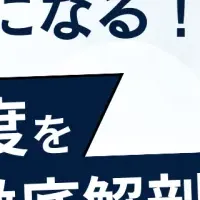
How Integrating Literacy and Science Instruction Enhances Elementary Education
Improving Education Through Integration: A New NWEA Report
In a recent comprehensive analysis, NWEA, a prominent K-12 assessment organization, unveiled groundbreaking findings on the advantages of integrating literacy and science instruction at the elementary level. Titled "Integrating Literacy and Science: A Powerful Partnership for Student Success", this report emphasizes the intertwined nature of these subjects and showcases the potential they hold for enriching the educational experience of students.
Understanding the Need for Integration
With data from the latest NAEP (National Assessment of Educational Progress) and TIMSS (Trends in International Mathematics and Science Study) highlighting a troubling trend of declines in reading and science proficiency, the need for innovative instructional approaches has never been more pressing. This research sheds light on how effectively blending literacy and science can cultivate engaging and authentic learning environments, thereby enhancing both students' understanding of scientific concepts and their literacy skills.
Dr. Susan Kowalski, Lead Research Scientist at NWEA, states, "There is strong evidence of the reinforcing factor between the two subjects. Neither subject takes a back seat. They mutually support each other, and integrating the two can drive incredible academic growth for students, more so than either subject could do alone." This mutual support highlights the strength of a holistic educational approach, with interconnected learning paving the way for deeper academic development.
Key Components of Effective Integration
The findings of the report propose four essential components necessary for successfully merging literacy and science instruction in elementary schools:
1. Authenticity: Employing relevant texts and real-world phenomena helps students connect theoretical concepts to practical applications, making the learning process more meaningful.
2. Rich Academic Vocabulary: The integration emphasizes the importance of utilizing specialized scientific language to enhance reading and writing abilities across subjects. This vocabulary not only enriches communication but also strengthens comprehension.
3. Sustained, Sequenced, and Structured Instruction: An effective science curriculum builds over time, with each lesson contributing to students' overall understanding. Such structured instruction takes intentional planning and the right support, ensuring coherent progression in learning.
4. Engaging Students in Scientific Discussions: Encouraging students to actively participate in investigations, form hypotheses, and debate findings fosters a deeper understanding of science concepts, while simultaneously reinforcing literacy skills. This participatory approach emphasizes critical thinking and problem-solving, essential skills for the future.
Addressing Gaps in Learning Post-Pandemic
In light of the ongoing challenges faced by U.S. students in recovering from the educational disruptions caused by the COVID-19 pandemic, intentionally coupling science and literacy instruction could prove crucial in bridging the gaps that have developed during these tumultuous years. The NWEA report offers actionable recommendations for district leaders seeking to promote this integration within their educational institutions.
1. Reevaluating Structure and Resources: The successful integration of these subjects may require districts to reconsider their master schedule, facilitating collaboration between literacy and science educators and ensuring access to appropriate, phenomenon-based science materials that align with the curriculum.
2. Prioritizing Professional Learning: Effective integration necessitates targeted professional development opportunities for educators. Training should focus on incorporating real-world science phenomena, utilizing academic vocabulary, constructing structured instructional plans, and promoting coordination between subject areas to engage students fully.
To further assist educators in implementing integrated instructional approaches, NWEA researchers have produced a supplementary guide that provides practical examples of successful literacy and science integration in elementary classrooms.
In conclusion, the recent NWEA findings illuminate the exciting potential of artists in the classroom to harmonize different fields of study, thereby creating enriched learning experiences. Educators and district leaders eager to refine their instructional methods will find valuable insights in this report that advocate for a more interconnected approach to elementary education.
For further information and access to the new research report, visit NWEA's official website here. Additionally, educators can explore the practitioner’s guide here.
Topics Other)


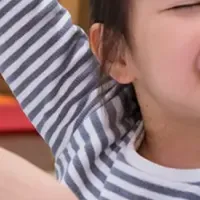

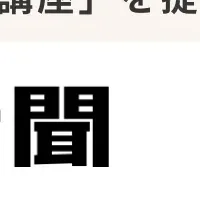

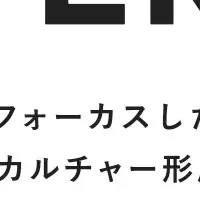

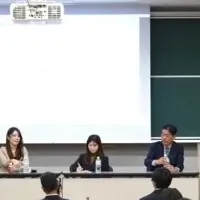

【About Using Articles】
You can freely use the title and article content by linking to the page where the article is posted.
※ Images cannot be used.
【About Links】
Links are free to use.